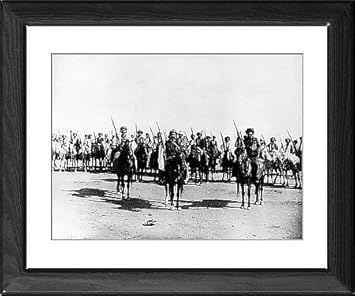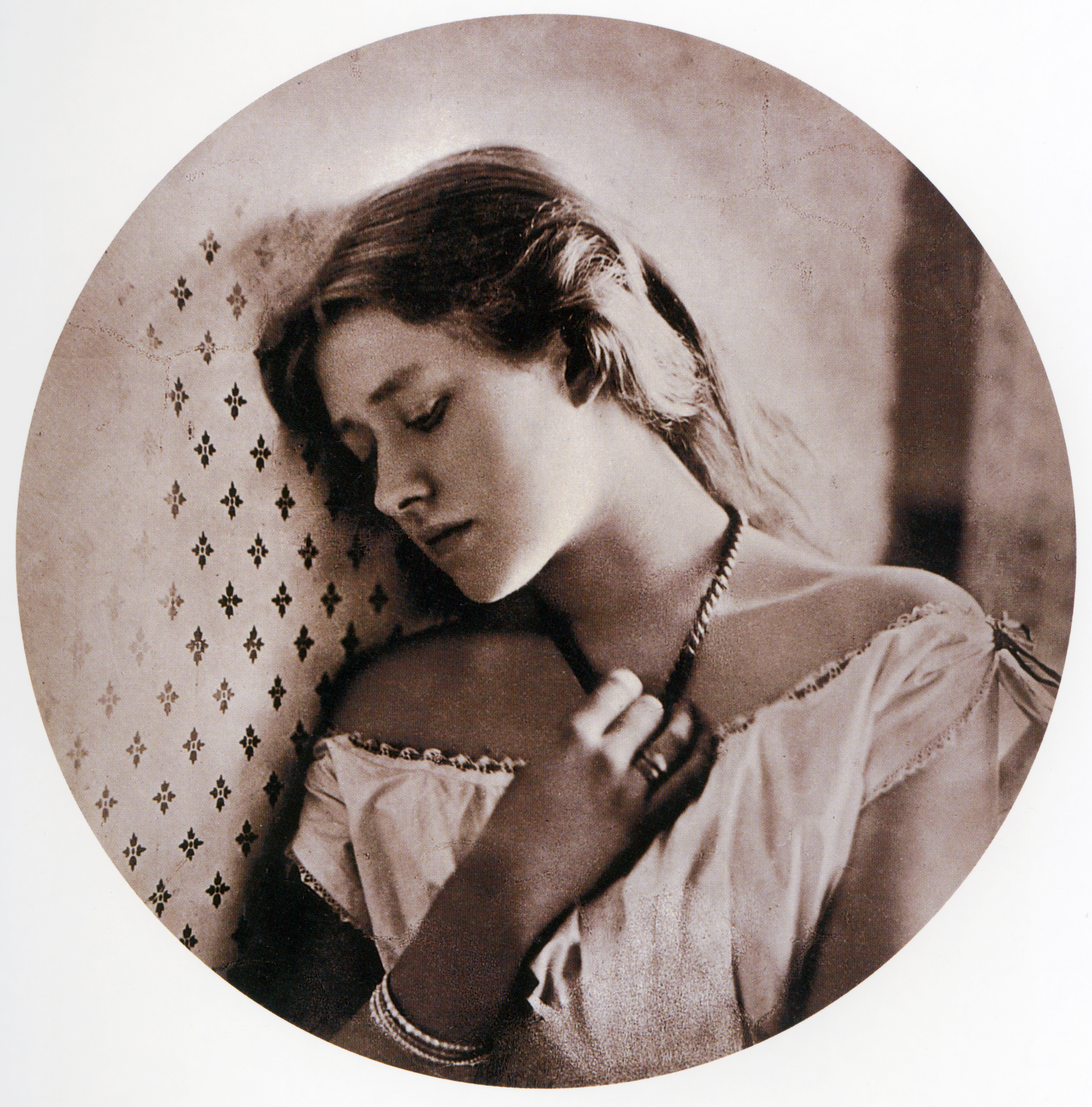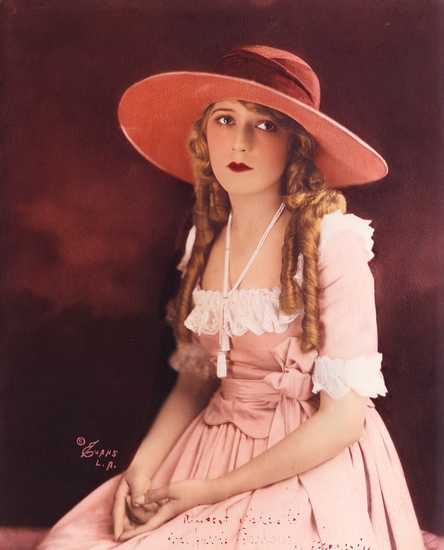Interesting old photos
Posted by: Cbr600 on 28 May 2013
thought it was time i posted a new thread. here are some interesting old photos, that show some iconic moments, or are simply thought provoking. This is not intended to compete with the nice photo thread, and is not listed for its high quality images, just a series of old and interesting images.
Hippo cart in 1924. The hippo belonged to a circus and apparently enjoyed pulling the cart as a trick
Charlie Chaplin in 1916 at the age of 27
Suntan vending machine, 1949
Annie Edison Taylor (1838-1921), the first person to survive going over Niagara Falls in a barrel. She did it in 1901 because she needed money, and after doing it said she wouldn't recommend it to anyone! 
Only known authenticated photo of Billy the Kid,ca. 1879
Sharing bananas with a goat during the Battle of Saipan, ca. 1944 
Jesse James, approximately 16 years old 
Advertisement for Atabrine, an anti-malaria drug. Sign was put up at the 363rd station hospital in Papua, New Guinea during WWII
How could parents ensure that their children were getting sunlight and fresh air when living in apartment buildings? The baby cage, ca. 1937
Hotel owner pouring acid in the water when black people swam in his pool, ca. 1964
Does anybody know the situation regarding copyright of old photos. I have a collection of WW1 lantern slides, one slide is labeled Azuz khah and Kurdish Troops.

Altavista led me to Amazon where framed prints are available.
http://www.amazon.co.uk/Framed...-Evans/dp/B008QOC51E

At the end of the description copyright is claimed by Robert Hunt Library/Mary Evans
"Image of Arab troops at Kasr-i-Shirin, Middle East, during WW1 is supplied by Mary Evans. © Robert Hunt Library/Mary Evans"
Can somebody really claim copyright of a photo nearly 100 years old.
Does anybody know where this is.

Does anybody know where this is.

Venice - The church of Santa Maria della Salute - shot form an unusual angle (possibly from atop the bell tower of another church the San Giorgio Maggiore I think)
I've always loved this old pic of Louise Brooks circa 1929:

Sergey Produkin-Gorsky was a pioneer of colour photography.
The image on the left dates from 1908 and is the only known colour portrait of Tolstoy (taken two years before the great man's death) - it's a remarkably penetrating portrait I think. The picture on the right was taken in the Caucasus region at the urn of the century.

This famous picture ("Sadness") was taken by Julia Margaret Cameron way back in 1864 but it has a very contemporary feel I think.

It's actually a portrait of the actress Ellen Terry - taken, I believe on her honeymoon. Whether it was posed or a naturalistic portrait of a conflicted personality, it was rather prescient - she separated from her husband within a year.
Those are awesome Kuma. Beautiful. Would love to learn to reproduce those Kodachrome tones from my digicam!
Some great pics Kuma,but women fixing planes,i will never fly again !!
Mista h
I've always loved those hand-tinted shots from the very early days of Hollywood.
Here's a gorgeous hand-tinted studio shot (circa 1915/16) of the most powerful, influential and (with the possible exception of Chaplin) best-known film star there has ever been: Mary Pickford...

And, from about 1919, here she is behind the camera (remarkably for a star of the time, and even more remarkably for a woman, she asserted an enormous amount of creative control over her films - from as early as 1912!)

Thanks Kuma,
What amazing shots , the colours and subjects are stunning.
Any ideas as to what sort of cameras were being used to take these type of pictures?
Kevin, there is someone talking about getting Kodachrome settings on digital in the comments at the end.
I wonder what my Ektachrome slides look like these days?
Some great pics Kuma,but women fixing planes,i will never fly again !!
Her name was Rosie. She was a riveter. She was not fixing planes. She was building them. Battleships too. She kicked ass ![]() .
.
Great pics Kuma
I love the vivid colours and hyper details.
Not quite the same but - these remind me of the unreal beauty of the re-released 70mm transfer from Technicolor of 'Vertigo'.
http://www.rogerebert.com/scan...aming-in-technicolor
NOTHING could have prepared me for its impact - once again on the big screen.
I prefer the B&W and processed colour slant over any accurate reproduction of 'things'.
I love the vivid colours and hyper details.
Not quite the same but - these remind me of the unreal beauty of the re-released 70mm transfer from Technicolor of 'Vertigo'.
http://www.rogerebert.com/scan...aming-in-technicolor
NOTHING could have prepared me for its impact - once again on the big screen.
I prefer the B&W and processed colour slant over any accurate reproduction of 'things'.
Adam, have you ever seen Jean Renoir's "The River" or George Stevens' "Shane"? Both have a very unnatural but incredibly beautiful Technicolor palette. The same goes for Storaro's breathtaking cinematography on Coppola's "Apocalypse Now", which is shifted towards green, orange and black, and which is very powerful.
Georges Perinal ("TLADOCB") and Jack Cardiff ("Red Shoes", "AMOLAD")'s massively saturated Technicolor cinematography on P&P's 1940s masterpieces has never been surpassed in Britain, and Cardiff's work on "Black Narcissus" veers towards the lurid, but this is after all a melodrama...
There is a wonderful 1988 film by Sergo Paradjanov, "Ashik Kerib" which has incredibly vivid cinematography by Albert Yavuryan - well worth seeking out if you enjoy unreal dreamlike colour...
I really enjoyed looking at those pics Kuma. I particularly liked the tank driver shot. Beautiful light.
Kevin, the Louise Brooks and 'Sadness' photos are superb and, as you say, quite contemporary.
The photo of the hotel owner pouring acid in the pool is disgusting.
The photo of the hotel owner pouring acid in the pool is disgusting.
Steve, I agree. Utterly loathesome. I hope the bastard got what was coming to him.
Here are some more early Kodachrome colour pics - all taken in the era before Pearl Harbour. Incredibly evocative, if not as ravishingly beautiful as Kuma's...
Georges Perinal ("TLADOCB") and Jack Cardiff ("Red Shoes", "AMOLAD")'s massively saturated Technicolor cinematography on P&P's 1940s masterpieces has never been surpassed in Britain, and Cardiff's work on "Black Narcissus" veers towards the lurid, but this is after all a melodrama...
There is a wonderful 1988 film by Sergo Paradjanov, "Ashik Kerib" which has incredibly vivid cinematography by Albert Yavuryan - well worth seeking out if you enjoy unreal dreamlike colour...
The River - no. Shane - yes.
I suppose I would have mentioned the P&P films (esp 'Red Shoes') but 'Vertigo' was a big cinema experience of a loved film that I'd probably only ever seen on television.
The Powell & Pressburger colour films have been wonderful on a fairly cheap projector but their B&W films have been less well served - often with quality shifts between reels - perhaps I should look into the Criterion re-issues. For both.
I haven't got my film brain connected but I've also enjoyed the colour of 'Ghost World' and the lushness found in much modern Chinese film. Just recalled Delicatessen and the early bits of Performance - Roeg should feature here.
Colour often seems a by-product of a camera being waved around a story - a world of light & shade or intentional colour seems so much richer.
I'll look out the films you mention.
Here are some more early Kodachrome colour pics - all taken in the era before Pearl Harbour. Incredibly evocative, if not as ravishingly beautiful as Kuma's...
These seem to have more realism compared to the other selection, which I guess were staged to certain extent. Certainly more poignant.
Those are awesome Kuma. Beautiful. Would love to learn to reproduce those Kodachrome tones from my digicam!
There'll be an app for that. Seriously, though:
1) Can we really appreciate the old analogue colours when viewing on a computer? Yes, our eyes have a remarkable ability to adjust to picture colours and tones, even in a limited colour space (gamut) like a computer display or photographic emulsion.
2) Are camera sensors better or worse than computer displays? If the camera can capture everything the monitor can display, then logically, for display on a computer monitor, we can reproduce "any" old colours as well (or better) from a digital image than we can from a slide or negative even if the digitization of the old image is "perfect". Any additional colour range present in the analogue image will be lost, if not when digitized, then when displayed. You're no better off than you would be starting with a digital image in the first place.
The key to old-timey looking photograhs (IMO) is simply the imagination of the person controlling the editing. If you can imagine it, and have the technical skills, the medium is not the problem (provided you are happy working within the limits of computer monitors' display limitations).
There is a comment on the web-page (on a computer - shock) where a guy says he hates digital, but these images/colours are wonderful. Ironic, much?
Those are awesome Kuma. Beautiful. Would love to learn to reproduce those Kodachrome tones from my digicam!
There'll be an app for that. Seriously, though:
1) Can we really appreciate the old analogue colours when viewing on a computer? Yes, our eyes have a remarkable ability to adjust to picture colours and tones, even in a limited colour space (gamut) like a computer display or photographic emulsion.
2) Are camera sensors better or worse than computer displays? If the camera can capture everything the monitor can display, then logically, for display on a computer monitor, we can reproduce "any" old colours as well (or better) from a digital image than we can from a slide or negative even if the digitization of the old image is "perfect". Any additional colour range present in the analogue image will be lost, if not when digitized, then when displayed. You're no better off than you would be starting with a digital image in the first place.
The key to old-timey looking photograhs (IMO) is simply the imagination of the person controlling the editing. If you can imagine it, and have the technical skills, the medium is not the problem (provided you are happy working within the limits of computer monitors' display limitations).
There is a comment on the web-page (on a computer - shock) where a guy says he hates digital, but these images/colours are wonderful. Ironic, much?
I agree with everything you've said above Winky. I think these images are so dramatic, especially for their age, is because of the 4"x5" format used. They are beautifully detailed.
Steve
I've always loved this old pic of Louise Brooks circa 1929:

What a fantastic image.
steve
No doubt medium format beats 35mm for detail and clarity, the size differential between transparencies is huge. However the talent and experience of the photographer, particularly his lighting, for the portrait/posed shots is key to all of those indoor 'factory' shots.
Alfred Palmer was extremely prolific, he'd been taking pictures for years before the war, huge amount of experience photographing any and everything. He was then Roosevelt's go to 'propaganda' photographer and could now make a proper living out of it. Then once in the OWI, the other photographers were given their own assignments but composed their pics like Palmer's to keep 'on message'.
It's all about the lighting though...












